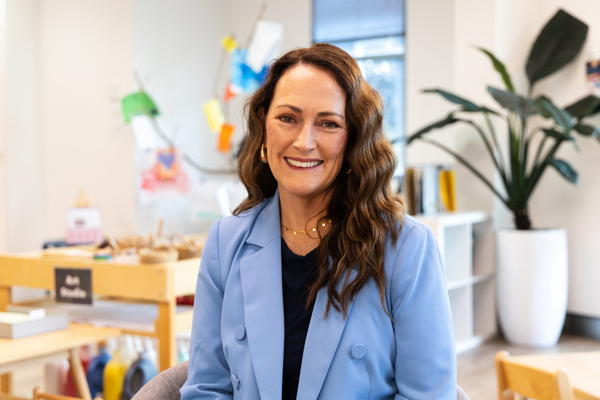Mar 13, 2015
Abbott points to Canadian model of early learning but doesn’t see the whole picture
As a Canadian researcher, it was good to read Prime Minister Tony Abbott’s recent reference to my country as justification for investing more in childcare. Unfortunately, he seems to be focusing on only half of what’s needed.
He said if Australia could shift its low rate of female workforce participation to Canada’s rate – one of the highest in the world – the Australian economy would be A$25 billion a year better off.
It’s true. In 1997, Quebec, for example, decided to tackle its low rate of maternal workforce participation by subsidising low-cost childcare. As a result, 70,000 mothers were able to return to work. And the policy that cost $2 billion a year actually ended up saving the government money because of the taxes generated by this workforce increase.
While it is important to note that raising workforce participation is key to a nation’s productivity, this is only half of the economic benefit that a country can achieve from investing in high-quality early learning and care.
In order to build the human capital required for a creative and flexible “all hands on deck” economy, governments must also pay attention to the human development side of things. The neurological science and economic research is clear about the remarkable return from the right investments in the first 2000 days of a child’s life.
Our countries have much to learn from each other. We share, for example, the use of the Educational Development Index, a Canadian invention that measures how many children start school developmentally vulnerable. Frankly, its effective and widespread use in Australia (AEDI) trumps our own application. The Index tells us, that in both countries, more than 20% of children start school with challenging vulnerabilities, well behind their peers. Many of them never catch up.
But measuring is one thing. Doing something with results is another.
In Australia, there are many examples of AEDI results driving local community action. Canada’s largest province of Ontario, when faced with a vulnerability rate of 27% in 2009, introduced two years of free universal high-quality full-day preschool for all children. After four years of implementation, the results are startling. The vulnerability rate is rapidly moving downward as social, emotional and language development indicators are rising dramatically.
And what about the economic return? Research sponsored by the Business Council of British Columbia notes that for every 1% drop in the vulnerability rate, a 1% increase to the GDP will accrue as a result over the working life of each 1% of the cohort no longer vulnerable. This is a massive multi-billion-dollar gain but only if the quality of non-parental early learning and care is improved.
The quality counts
The key to these results is the quality of the education and care, including an evidence-based curriculum delivered in a consistent manner across all learning centres by well-qualified early learning professionals. Improving the relationships between parents and early learning professionals is also key, as is the dire need to improve the quality and availability of our early learning and childcare for children aged 0 to 3.
While it is promising to see the new Minister for Social Services, Scott Morrison, recognising the critical importance of Australia’s National Quality Framework as a major quality lever, affordability seems to hold priority prominence. A healthier and more prosperous Australian future requires equal attention to affordability and quality, not a war between the two.
Abbott is correct in encouraging policy that enables an increase in the participation of women in the workforce. But he must keep in mind that who the children are with and what they are doing while mums are working, is the other half of a winning equation. And this means investing in high-quality early learning and care centres, not subsidising the use of nannies for the well-off.
In these challenging times, with budget choices increasingly difficult, we hear about the value of attending to a nation’s infrastructure — roads, public buildings, the digital highway. In this context, there is no more important “infrastructure” than quality early child development, the very best social and economic choice with Australia’s best future in mind.





